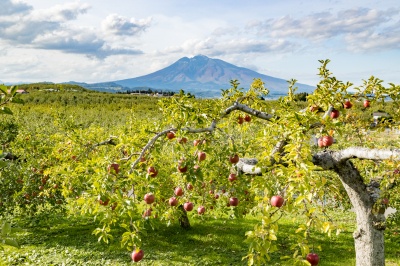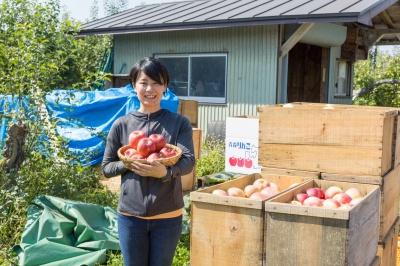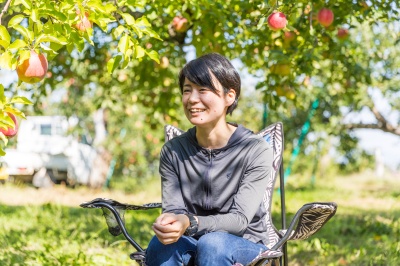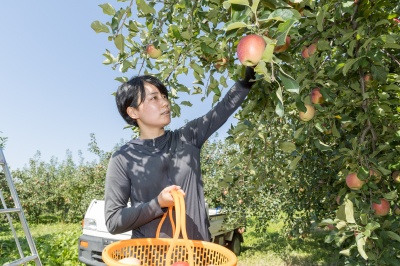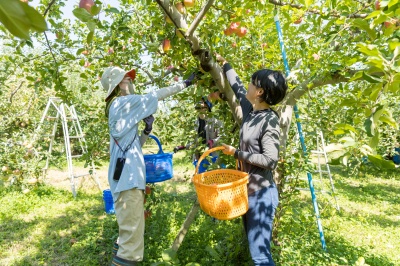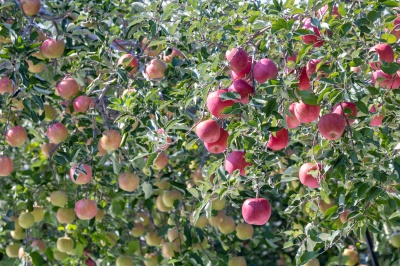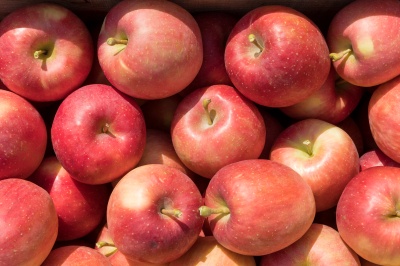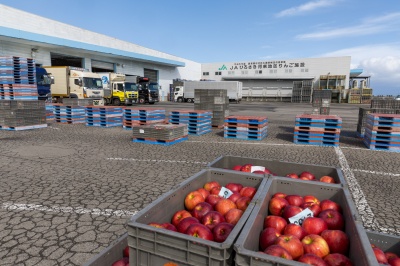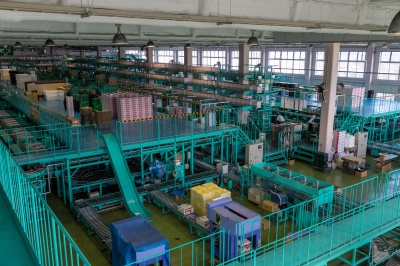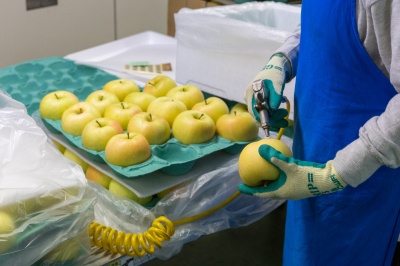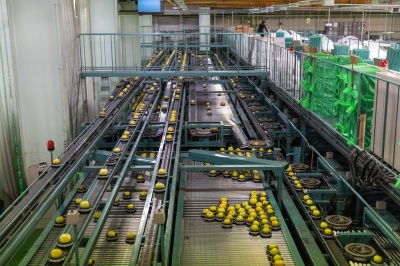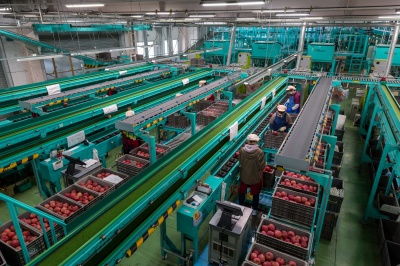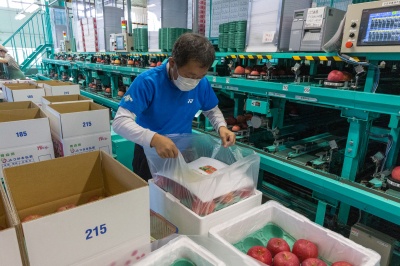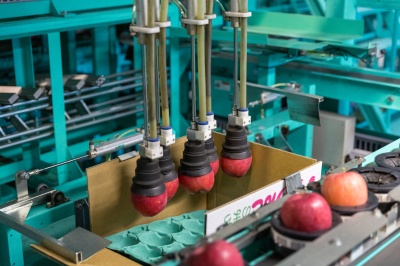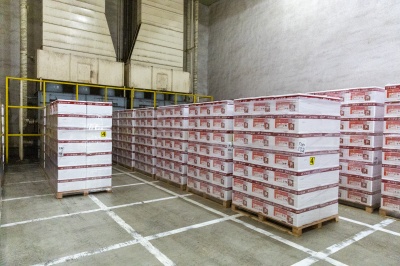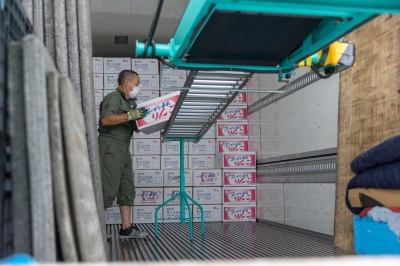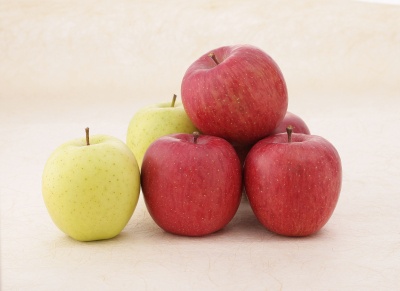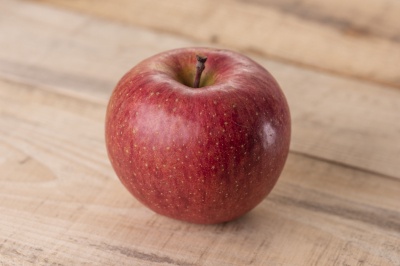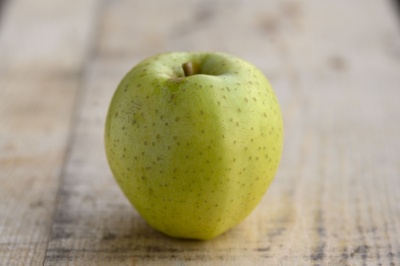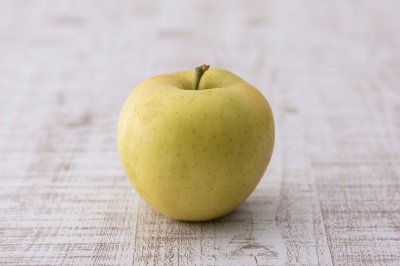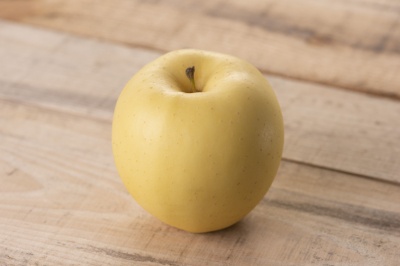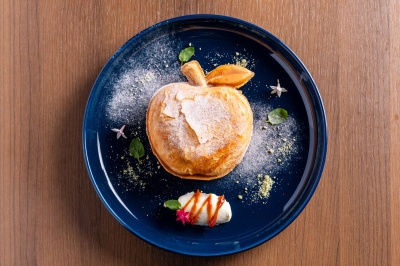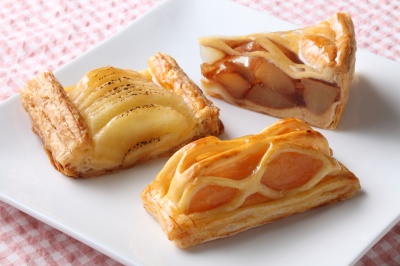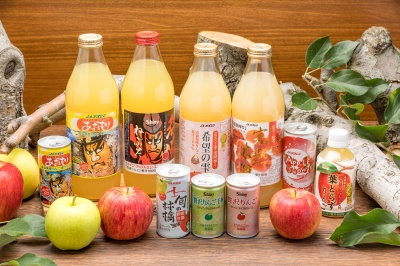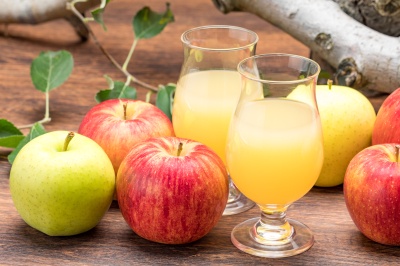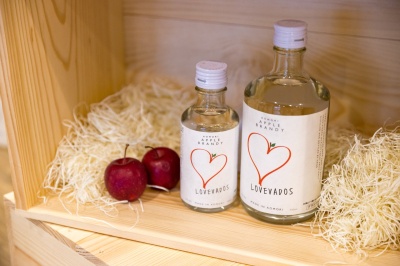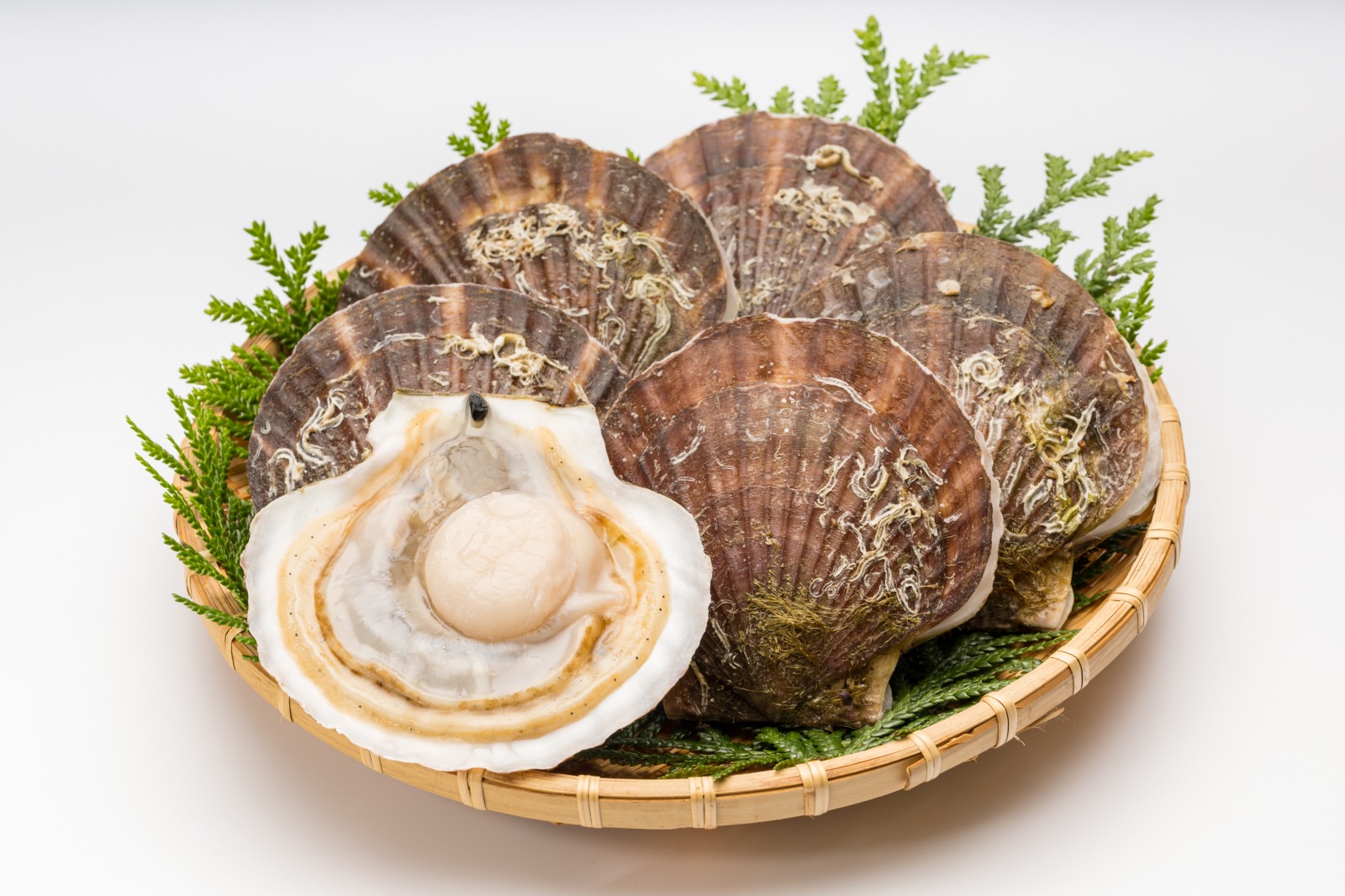Spotlight on the appeal of high-quality, delicious Aomori apples
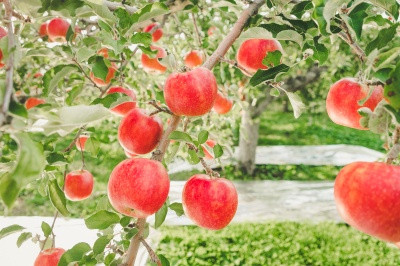
Aomori apples are number one in Japan, both in terms of production volume and land under cultivation. Aomori apples are also actively exported and you may even have spotted them in your own supermarket.
Here we introduce the appeal of high-quality, delicious Aomori apples, and some of the efforts that are made to keeping them fresh.
Aomori – a name synonymous with apples – and vice-versa
In contrast to cereal crops like rice or soybeans, apple farming is done almost entirely by hand. The entire process, starting from pruning of long branches, through to pollination after blossoms have bloomed, followed by flower picking, fruit thinning, and harvesting, is essential for producing delicious apples.
Atsuko Nagai runs Hibinos Apple Park in Hirosaki City, and together with colleagues of a similar age she is currently cultivating a total of 16 apple varieties across three different orchards.
Nagai says, “Harvesting starts from the end of summer, depending on the apple variety, but the peak season for harvesting is mid-October to the end of November. I try to harvest only after I have determined whether or not the apples have acquired a proper flavor.” Nagai’s apples travel far from Japan and can be found on the shelves of supermarkets in Thailand.
Caring for diseased branches and attending to old trees is an essential part of apple cultivation. Says Nagai, “As it’s difficult for us to judge by ourselves which branches are diseased and need attention, we work with a master apple farmer to keep the apple trees healthy and ensure that the orchard enjoys good wind ventilation.” Techniques for apple cultivation have been improved through the course of history, resulting in enhanced yields today. Utilizing the wisdom of their predecessors, Nagai and other young farmers are taking apple cultivation into the future.
Nagai says, “I am delighted to be able to bring happiness to my customers through my apples. Various people buy them and I hope they find a variety that they like.”
It takes a lot of time and effort to grow apples that are both delicious and beautiful to look at, while also protecting them from pests and the effects of climate change. However, these cultivation methods have been established by farmers who know what they are doing, because they have been growing apples for a long time.
Sorting processes using the latest technologies and bringing fresh apples to the world through the cold chain
Tsugaru Hirosaki Agricultural Cooperative runs the Kato district and new Maesaka district apple facilities. Together these are the largest apple facilities in Japan in terms of size and fruit sorting capacity, where apples harvested across the entire Tsugaru region are gathered. The Kato apple facility can handle and sort 10,000 cases of apples a day.
Harvested apples are quickly transported to controlled atmosphere (CA) storage, where they are refrigerated until being shipped. When the time comes for them to be shipped they are moved from refrigeration to the sorting area, where staff do strict checks for any blemishes or dirt, etc. After these checks the apples are sorted by color and size using the latest equipment, and optical sensors are used to measure sugar content and other internal qualities. Following this two-step quality check, the apples are carefully packed by machine and by hand.
The packed apples are loaded onto refrigerated trucks for shipment. This is how a cold chain is realized that keeps the apples fresh until they reach the consumer. Quality and temperature management utilizing the latest technologies enables shipment of fresh and delicious apples throughout the year.
*CA storage: A storage method that keeps apples fresh for long periods by inhibiting their respiration.
Aomori as an exporter of top quality apples
There are said to be around 15,000 varieties of apple around the world and in Aomori approximately 50 varieties are cultivated.
The main varieties to be exported globally from Aomori include Fuji, of which Aomori boasts no. 1 global share, as well as Orin, Toki and Kinsei, all of which are high-quality apples with their own distinct characteristics.
Fuji
This is the megastar apple for which Aomori is famed. With flesh that has a crispy mouthfeel and a skin that can easily be eaten, this apple also stores well.
Orin
This distinctive yellow-green apple has a unique fresh aroma. The flesh is slightly firm and dense.
Toki
This yellow apple created by crossbreeding Orin and Fuji applies is characterized by its good balance of sweetness and tartness.
Kinsei
This yellow apple is popular overseas as a gift. It has a richness and strong sweetness.
Just as the British saying goes, “An apple a day keeps the doctor away,” apples have high nutritional value, including dietary fiber and potassium.
In particular, the polyphenols contained in apples are known as “procyanidins,” which have been shown to have excellent antioxidant properties.
Simply getting into the habit of eating an apple a day can have positive effects for beauty and health!
Various processed products created from apples
While apples are of course delicious eaten as they are, Aomori also produces many processed products that enable you to savor apples in various forms.
Apple pie generously filled with stewed apple is a favorite dish around the world. In Hirosaki City, an apple-producing region, there are more than 40 bakeries and cake shops selling apple pies.
Apple juice is a typical processed product. Apple juice using 100% Aomori apples is packed full of the natural sweetness, tartness and freshness of apples, and is loved by everyone of all ages.
In addition to juice, in recent years production of cider and brandy made from fermented apples has also been increasing.
Delicious apples, carefully nurtured by hand by apple farmers can be stored for a long time and are a good addition to a healthy diet.
You will feel the appeal once you bite into an Aomori apple, the most delicious in the world. Why not try one for yourself?
